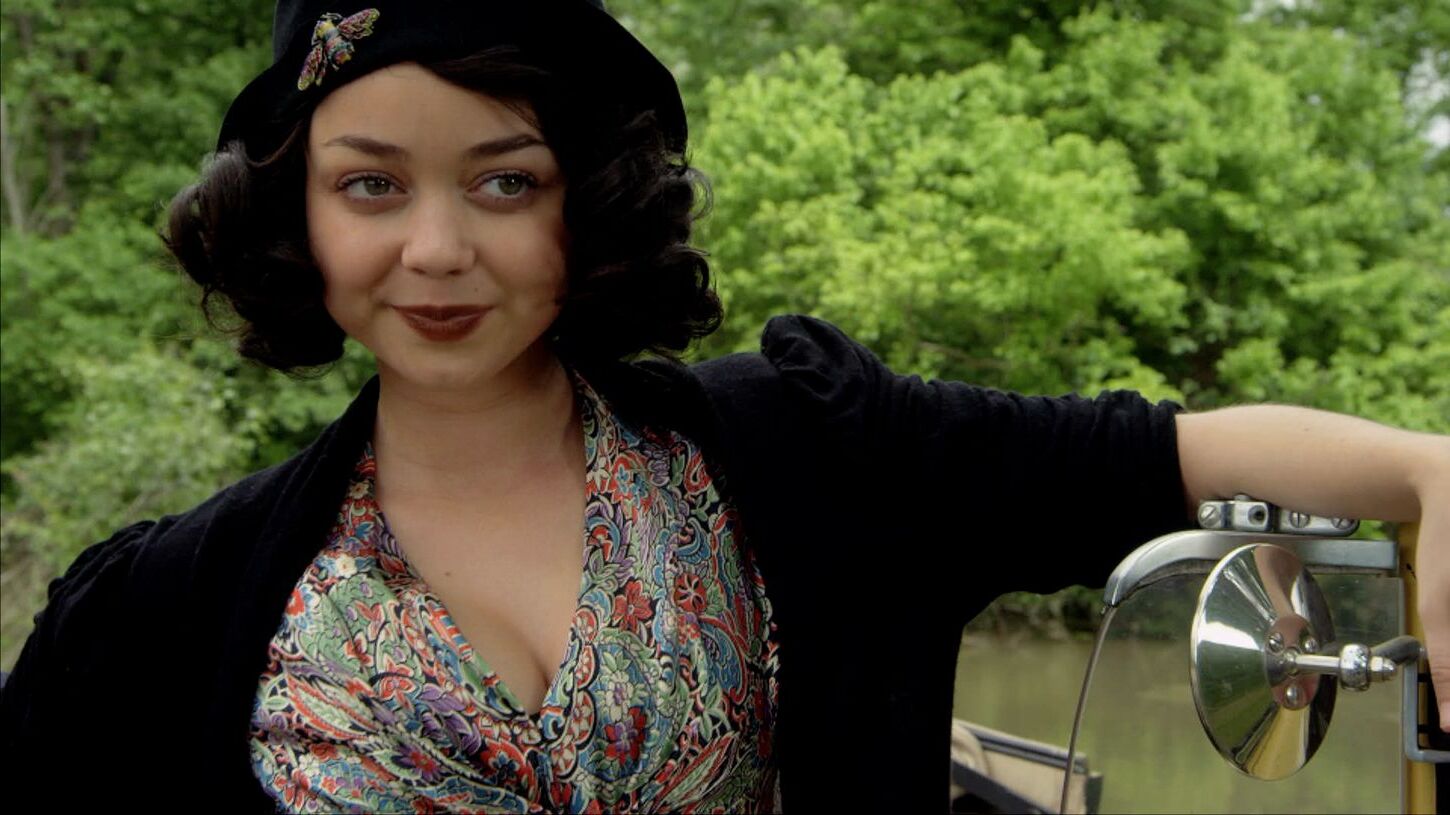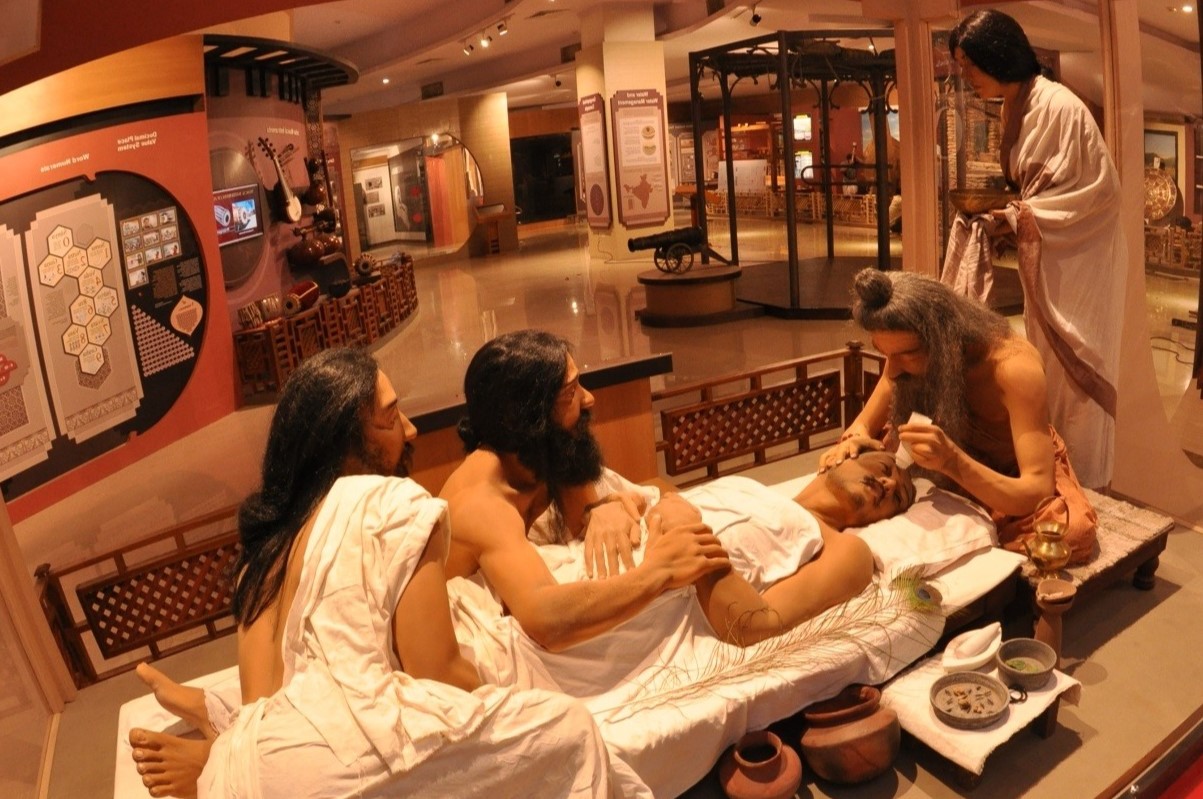
Who was Blanche Barrow? Blanche Barrow, born Bennie Iva Caldwell on January 1, 1911, in Garvin, Oklahoma, was more than just a name in the annals of crime history. She was a key figure in the infamous Barrow gang, led by her husband Buck Barrow and his brother Clyde Barrow. Her life took a dramatic turn from an arranged marriage to a much older man to becoming an accomplice in a series of high-profile crimes during the 1930s. Despite her reluctance, Blanche's loyalty to Buck led her into a world of robberies, shootouts, and eventual imprisonment. Her story offers a unique perspective on the complexities of love, loyalty, and crime during a turbulent era in American history.
Key Takeaways:
- Blanche Barrow's early life was marked by hardship and challenging family dynamics, shaping her later decisions and involvement with the notorious Barrow gang.
- Despite her reluctant involvement, Blanche Barrow's loyalty to her husband led to imprisonment, highlighting the complexities of women's roles in 1930s criminal activities.
Early Life and Family Background
Blanche Barrow's early years were shaped by a series of challenging circumstances. Her upbringing and family dynamics played a significant role in her later life decisions.
-
Blanche Barrow was born Bennie Iva Caldwell on January 1, 1911, in Garvin, Oklahoma. Her father was 39 years old, and her mother was just 15 at the time of her birth.
-
Her parents divorced when she was young. Blanche was raised by her father, who worked as a logger and farmer and occasionally preached as a lay minister.
-
At 17, Blanche's mother arranged for her to marry John Calloway, a much older man. This marriage was marked by physical abuse, leaving Blanche unable to bear children.
Meeting Buck Barrow and Early Criminal Involvement
Blanche's life took a dramatic turn when she met Buck Barrow. Her relationship with him led her into a world of crime and notoriety.
-
In 1929, Blanche met Buck Barrow while hiding from her abusive husband in Dallas County. Despite his criminal past, she quickly fell in love with him.
-
Shortly after meeting Blanche, Buck was arrested during a burglary in Denton, Texas. He was tried, convicted, and sentenced to five years in the Texas State Prison System.
-
On March 8, 1930, Buck escaped from the Ferguson Prison Farm near Midway, Texas. Blanche hid with him until he was recaptured and returned to prison.
-
In 1931, Blanche and Buck got married. She convinced him to surrender and serve out the remainder of his prison sentence.
-
Buck served two years in prison before being released and granted a pardon. This pardon wiped out his conviction.
Life with the Barrow Gang
Blanche's time with the Barrow gang was filled with danger, excitement, and tragedy. Her experiences during this period were intense and life-changing.
-
After Buck's release, Bonnie and Clyde visited him and Blanche. This encounter led to Buck's decision to join his brother's gang.
-
Despite Blanche's reluctance, Buck joined the Barrow gang. The gang included his brother Clyde and Clyde's girlfriend Bonnie Parker.
-
For four months in 1933, Blanche accompanied Buck and the Barrow gang on a series of crimes. These included shootouts and robberies.
-
During a shootout in Platte County, Missouri, Blanche was blinded in one eye by glass fragments from shattered car windows. She also rescued her husband under heavy police gunfire.
Arrest and Imprisonment
Blanche's criminal activities eventually led to her arrest and imprisonment. Her time in prison was marked by significant events and personal growth.
-
After the shootout, Blanche and Buck were caught by a posse of local men in Iowa. Blanche was arrested and served six years in prison for assault with intent to kill the sheriff of Platte County, Missouri.
-
During her imprisonment, Blanche befriended other inmates, including Irene McCann and Edna Murray, the "kissing bandit." She also practiced her photography skills and wrote her memoir.
-
Blanche was released from the Missouri State Penitentiary in 1939 under a conditional commutation. She was given strict orders to leave Cole County and never return.
Life After Prison
After her release, Blanche sought to rebuild her life. She remarried and tried to distance herself from her past.
-
After her release from prison, Blanche quickly remarried Eddie Frasure, a carpenter. She spent the rest of her life in Texas with him.
-
Blanche rarely referenced her time with the Barrow gang. She kept only a box of keepsakes stowed away in a closet full of photos and papers from her past life.
-
While in prison, Blanche worked on her photography, scrapbook, and memoir. Her memoir provides a unique perspective on the life of the Barrow gang.
-
Despite her involvement with the notorious gang, Blanche was portrayed as a reluctant accomplice. She was often at odds with the criminal lifestyle.
-
Blanche was consulted for the partially fictionalized film Bonnie and Clyde (1967) about the Barrow gang. However, she disliked her portrayal by Estelle Parsons, who won an Oscar for the role.
Personal Life and Legacy
Blanche's later years were marked by a desire for normalcy and a quiet life. Her legacy, however, remains tied to her time with the Barrow gang.
-
After her release from prison, Blanche tried to live a quiet life. She rarely spoke about her time with the Barrow gang and focused on rebuilding her life with Eddie Frasure.
-
Eddie Frasure was a carpenter whom Blanche married after her release from prison. He died in 1969, and Blanche lived alone until her death in 1988.
-
Blanche Barrow died of cancer on December 24, 1988, at the age of 77. Her life presents a unique angle on the infamous story of Bonnie and Clyde.
-
Blanche's story highlights the complexities of women involved in criminal activities during the 1930s. Her memoir and interviews provide valuable insights into the lives of outlaws during that era.
-
Blanche's loyalty to Buck was unwavering, even when he returned to his life of crime. This loyalty ultimately led to her imprisonment and years of hardship.
-
Despite never firing a shot, Blanche was convicted of assault with intent to kill due to her association with the Barrow gang. She maintained that her involvement was solely to be close to her husband.
-
During her imprisonment, Blanche was interrogated by Bureau of Investigation Director J. Edgar Hoover. She refused to provide information, fearing that she would receive more time if she went to trial.
-
Hoover allegedly threatened to gouge out her uninjured eye if she did not cooperate. This threat further solidified her decision to remain silent and face the consequences of her actions.
-
While in prison, Blanche underwent treatment for her eye injury and worked on her photography and memoir. She also befriended other inmates, forming a support network within the prison.
-
Blanche was released from prison in 1939 under a conditional commutation. This included strict orders to leave Cole County and never return. This condition was likely imposed due to her involvement with the notorious gang.
-
After her release, Blanche tried to rebuild her life. She remarried and moved to Texas, where she lived a relatively quiet life with Eddie Frasure. However, she rarely spoke about her past experiences with the Barrow gang.
-
Blanche's story humanized the often-mythologized figures of Bonnie and Clyde. Her memoir and interviews provided a more nuanced understanding of the lives of outlaws during the 1930s.
-
Blanche's autobiography, "My Life with Bonnie and Clyde," offers a unique perspective on the events surrounding the Barrow gang. It highlights her reluctance to engage in criminal activities and her deep love for Buck Barrow.
-
Blanche Barrow's life has been the subject of various cultural works, including films and books. Her story continues to captivate audiences interested in the history of outlaws during the 1930s.
-
The 1930s were marked by a surge in crime, with figures like Bonnie and Clyde, Pretty Boy Floyd, and John Dillinger capturing public attention. Blanche's involvement in this era provides a fascinating historical context.
-
Blanche's role as a female accomplice in a male-dominated criminal organization highlights the complexities of women's involvement in crime during the 1930s. Her story challenges traditional narratives about female outlaws.
-
The traumatic events Blanche experienced, including her injuries and imprisonment, had a lasting psychological impact. She often referred to her time with the Barrow gang as if it were a distant memory, a way to cope with the trauma.
-
Blanche's memoir contains social commentary on the societal conditions that led to her involvement with the Barrow gang. It touches on themes of poverty, lack of opportunities, and the desperation that drove individuals to crime.
-
Despite the hardships she faced, Blanche demonstrated remarkable personal growth. She transformed her experiences into a memoir and worked on her photography skills, indicating a strong will to rebuild her life.
-
Blanche Barrow's legacy is that of a reluctant accomplice who was drawn into a life of crime by her love for Buck Barrow. Her story serves as a cautionary tale about the dangers of getting involved in criminal activities and the lasting impact it can have on one's life.
Blanche Barrow's Complex Legacy
Blanche Barrow's life was a whirlwind of love, crime, and hardship. Born Bennie Iva Caldwell, she faced an arranged marriage, abuse, and eventually found herself entangled with the Barrow gang. Her loyalty to Buck Barrow led her into a world of robberies and shootouts, despite her reluctance. Blanche's story offers a unique perspective on the infamous Bonnie and Clyde saga. Her memoir and interviews shed light on the human side of these outlaws, revealing the complexities of women in crime during the 1930s. After serving six years in prison, she remarried and lived a quieter life in Texas. Blanche's tale is a cautionary one, highlighting the dangers of getting involved in criminal activities and the lasting impact it can have. Her legacy remains a fascinating chapter in the history of American outlaws.
Frequently Asked Questions
Was this page helpful?
Our commitment to delivering trustworthy and engaging content is at the heart of what we do. Each fact on our site is contributed by real users like you, bringing a wealth of diverse insights and information. To ensure the highest standards of accuracy and reliability, our dedicated editors meticulously review each submission. This process guarantees that the facts we share are not only fascinating but also credible. Trust in our commitment to quality and authenticity as you explore and learn with us.


